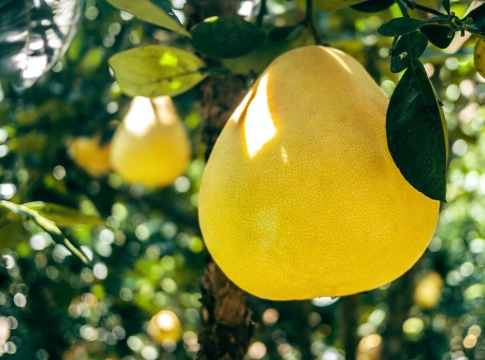
Let’s first examine the scripture where the “Tree of Knowledge of Good and Evil” is first mentioned before discussing whether the fruit was actual or symbolic. The passage “The Lord God took the man and put him in the garden of Eden to work it and keep it” appears in Genesis 2:15–17. “You may surely eat of every tree in the garden, but you shall not eat of the tree of the knowledge of good and evil, for in the day that you eat of it you shall surely die,” the Lord God instructed the man.
What would make us think this isn’t literal?
For thousands of years, theologians and Bible scholars have argued over Genesis’ [the creation narrative]. While some Christian scholars consider Genesis chapters 1-3 to be a creation story or metaphor, others think that everything should be interpreted literally. The challenge in not taking every statement at face value is figuring out what is meant to be taken literally and what is meant to be interpreted figuratively. When do you give up, too? in Genesis 8:8 when God floods the earth? or in Genesis 12 when God summons Abraham?
In contrast to the creation myths of other world religions, Genesis reads more like a recounting of particular, historical events. Yes, there are some amazing events that take place in chapters 1 and 2 (God created the globe and the sky, Adam was formed from dust, Eve was formed from Adam’s rib bone, etc.), but this does not imply that these events are not genuine. However, confidence in God Himself is necessary for believing that anything the Bible says is true.
So, what is the Tree of The Knowledge of Good and Evil?
Like the tree of life, the tree of knowledge of good and evil was a real tree placed in the middle of the Garden of Eden. God told Adam and Eve that they could eat of the fruit in the Garden except for the fruit of this tree. Furthermore, God said that if they did eat of the tree, they would surely die. We have no reason to believe that the fruit was harmful or poisonous in itself. In fact, during Eve’s temptation by Satan, the Bible says that the tree looked appetizing. Genesis 3:6 says this: “So, when the woman saw that the tree was good for food, and that it was a delight to the eyes, and that the tree was to be desired to make one wise, she took of its fruit and ate, and she also gave some to her husband who was with her, and he ate.”
It’s critical to realize that sin entered the world as a result of Adam’s choice to violate God’s instructions rather than as a result of eating the fruit. The passage “Therefore, just as sin came into the world through one man, and death through sin, and so death spread to all men because all sinned” in Romans 5:12 clarifies this idea further.
Focus on the reality of sin and death
We should be inclined to read Genesis 1-3 literally because we are aware that the world in which we live is corrupted. The state of the world we live in is explained by interpreting Genesis literally. Evil exists in this world, as we are aware. The human desire is to be god, just as Adam and Eve were. They wish to determine what is right and wrong for themselves. Furthermore, humanity as a whole is still plagued by a fear of dying. It is unavoidable for us. We cannot be saved until we are saved by the blood of Jesus Christ, the Son of God, who also resurrected from the grave. To whomever believes and calls on His name, He offers eternal life. This is not a metaphor or a myth. Jesus is





